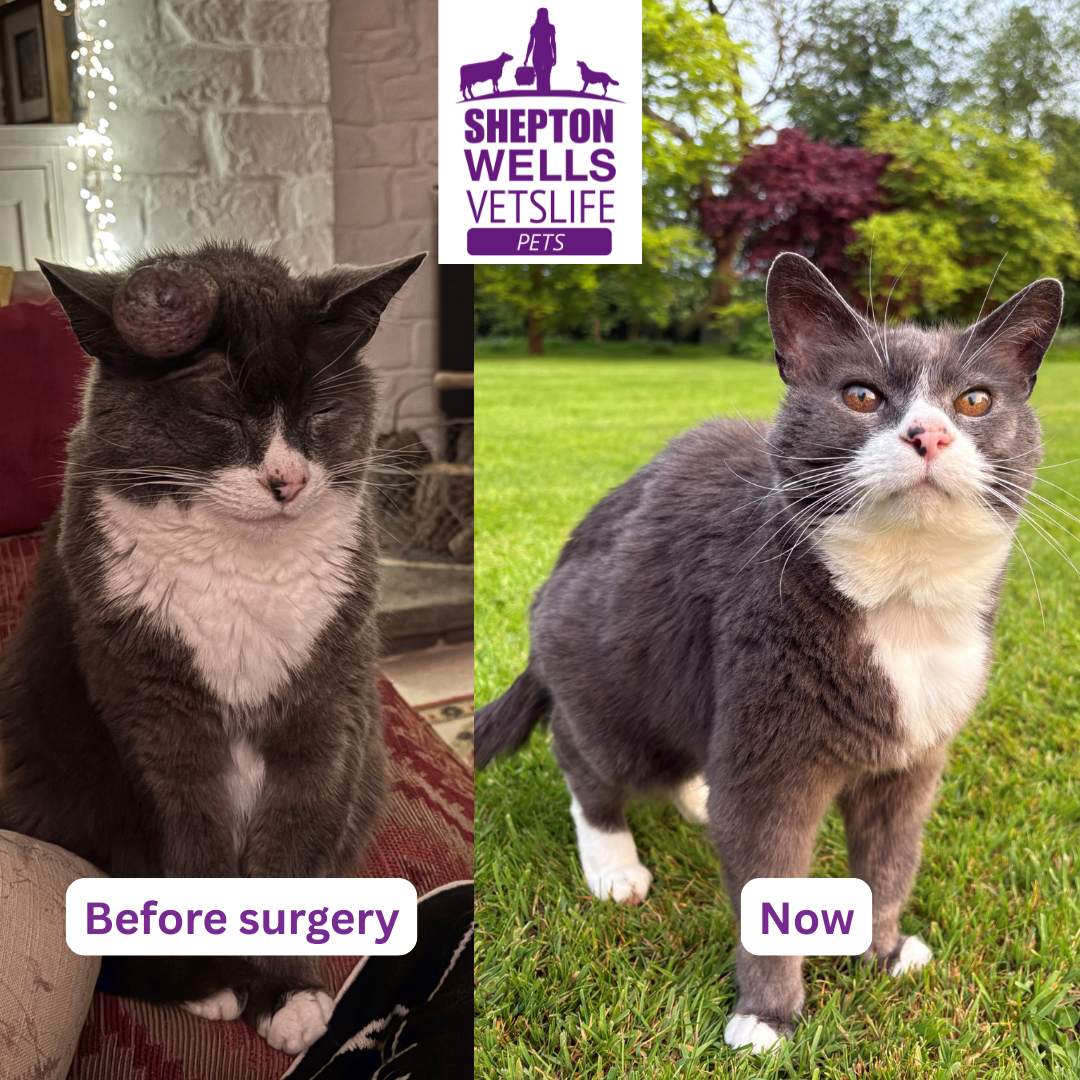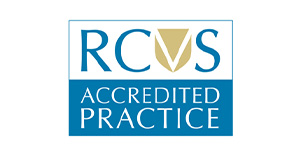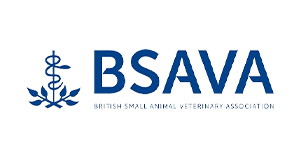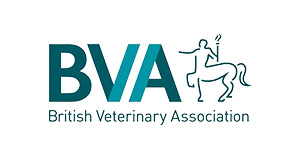Managing Senior Pet Care: Boots’ Journey Through Surgery and Managing Kidney Disease
Our pets are such an important part of our lives, so we always hope to see them live a long and happy life well into their senior years. It can be a worry to see them grow older as the risk of some health conditions increases, and while we want to try to do all we can to keep them with us for as long as possible, we also need to minimise any interventions which may exacerbate those risks or impact their quality of life. But with careful consideration of risks and benefits, and by working together with owners, we can help navigate these choices and often achieve a really positive outcome, as was the case for Boots.
At the grand age of 18, Boots is a very happy cat with a loving family. Over the years, he has come to see us for his annual boosters and the occasional problem with skin sensitivity but has always generally been very fit and well, even as he became a ‘senior’ patient.
Around a year ago, he developed a benign, fluid-filled cyst on the top of his head, which was rather large and unsightly but was otherwise not causing him any problems. At first, we discussed the possibility of surgery to remove the mass, but as we felt it might not cause him any issues within his remaining lifetime, we opted to monitor it only in the first instance and see what would happen if we just drained the fluid. Boots was already well into his geriatric years by that point, and his owners felt they would rather avoid a general anaesthetic if the lump was not an issue.
Initially, this plan worked well. The lump gradually refilled with fluid and would require draining every now and then, but towards the end of last year, it had grown bigger, was refilling more quickly, and was starting to bother Boots. While general anaesthesia in pets is safer than it has ever been, and we routinely anaesthetise older patients for procedures, we had to acknowledge that Boots was in a slightly higher risk category than the average patient due to his age. However, his owners felt that the lump was now affecting his quality of life, and after discussion about the steps we could take to mitigate his higher anaesthetic risk, we all felt that removal of the mass was the right decision for him.
On the morning of his procedure, I gave Boots a thorough health check to ensure he was otherwise fit and well, with no signs of cardiovascular compromise which would affect his anaesthetic. We went through his consent form with his owners and then admitted him to the cat ward. Our first step with him was to run a pre-anaesthetic blood test. This can be really helpful, especially in older patients, to help identify any subclinical health issues which may affect our anaesthetic protocol, or which may impact on life expectancy and therefore influence our decision-making.
Boots’ blood results were mostly fine, but there were some minor abnormalities which could suggest some early kidney disease, but this can also seen frequently in patients who are a little dehydrated. We hoped to get a urine sample from him to help distinguish between the two, but his bladder was completely empty, which suggested that kidney disease was less likely. We felt that even in the case that there was some mild kidney dysfunction, the surgery was still the right thing for Boots, so we planned to proceed but manage him as if he had some renal impairment just in case.
Boots was started on intravenous fluids to improve his hydration and was given his premedication – we had chosen medications that would help us keep his anaesthesia as light as possible but with minimal impact on his blood pressure and therefore keep blood flow to his kidneys. He was then anaesthetised and taken to theatre.
His surgery itself was quick and straightforward – we removed his troublesome mass and neatly closed his skin with dissolvable sutures. Nurse Cara closely monitored his heart rate and rhythm, anaesthetic depth, and blood pressure throughout, adjusting his anaesthetic gas and intravenous fluid rate as needed to maintain his vitals where we wanted them to be. Within half an hour, Boots was back in bed recovering, with a much more conventional appearance.
While he was asleep, we were also able to get a urine sample, which showed that his urine was quite dilute. This meant that the jury was still out on whether his kidneys were okay, as the urine could have been dilute because they weren’t working properly, but equally because of all the intravenous fluid he had received. We discussed these findings with his owner and suggested that Boots have some time to recover from his surgery before we repeat his tests.
Boots did really well over the following few weeks, but his repeat blood and urine tests confirmed that he did indeed have a degree of chronic kidney disease, only at a stage where he needed some adjustments to his diet and ongoing monitoring. As chronic kidney disease is a progressive condition, it is important that we monitor his weight, condition, and blood results to see what support he needs. There can also be changes in blood pressure and loss of protein in the urine, so these are monitored too, as they can be managed with medications to help slow the progression of the disease.
Boots has been a bit fussy with his diet changes, but his owners have worked hard to get him settled on an appropriate diet. At his most recent check, three months after his surgery, his kidney parameters, blood pressure, and urine results were all stable, and his surgery was a distant memory. So, Boots’ mass removal turned out to be the right decision for him, and allowed us to identify and manage his kidney condition, so that he can hopefully maximise his quality and quantity of life in his golden years.













